Yesterday’s Losers Shaped Today’s Winners
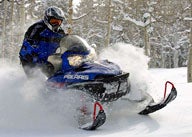
The modern snowmobile industry owes 2014 success to past failures.
No matter what the situation, first impressions count. In the case of the 2014 model year snowmobiles, we had the opportunity to preview the various lineups back in January. Rumors aside, the real deal sitting on a display floor counts volumes. A manufacturer’s honest enthusiasm counts. Feigned enthusiasm doesn’t.
Sometimes we look back when we were a newbie to the industry and how everything was fresh and we hadn’t been jaded by decades of hype. Sometimes that hype was justified. Oftentimes it wasn’t.
We look back to the Polaris introduction of the Fusion and RMK 900. This design seemed all hype as it was claimed that the sled would revolutionize snowmobiling and Polaris would once again be the industry leader. We never knew if the “enthusiasm” emanating from the Polaris camp was real or if they had all sipped from the same Kool-Aid. We just knew that as unbelievers we were not popular with Polaris for quite awhile.
Fusion Loses, Polaris
At the product unveiling at the company’s Roseau, MN factory headquarters, we recall being almost stunned when we had out first serious look at the Fusion and its odd-shaped hood. The RMK version did not “evolve” as far as the Fusion “look.” When asked by a Polaris marketer to express an opinion about the new styling, we took the question seriously and told them how the front and rear styling efforts looked as though they were for two different sleds and didn’t blend into a nicely packaged whole. Or, something like that. The product design team sat two rows behind us and we could feel their eyes burning evil thoughts at us. Oops!
Then, when we got out on the snow with the short-tracked 900 Fusion twin, we found that our compatriot aboard a 600cc two-up could out drag the new hyped sled. Oops!
We suggested that perhaps the short track needed to be revised with more lug profile. We were told that we were wrong, of course. But in the future the Fusion 900 did get a different, taller lugged track. And the raw styling became smoother as Polaris decided to go with more of the RMK look.
We would rate the Fusion as a “loser.” But, out of that exercise came some very serious “wins” for Polaris and its snowmobile customer base.
The ride-forward design stayed. The double A-arm front suspension evolved into the nifty Pro-Ride of 2014. Polaris Cleanfire semi-direct injection continued and through hard engineering work became a strength of the current models.
Some things fell away. The multi-position steering faded. This appeared to be a pretty good idea, but the initial models had too many positions.
Chassis construction and suspension designs have gotten not only better and stronger but lighter as well. A mountain sled weighing around 420 pounds remains quite a winner.While we rate the Fusion as a true loser, it served a valuable, though painful, purpose carried into a winning combination of 2014 products. As Thomas Edison once said about failures leading up to his invention of the light bulb: “I have not failed. I’ve just found 10,000 ways that won’t work.”
The pieces that did work continued and evolved. Internally Polaris as an organization changed, became more efficient and streamlined. When the Fusion first appeared, there were some who couldn’t believe that as a company no one internally had the wherewithal to tell the emperor that he wore no clothes. Now there is more accountability and a whole new wardrobe.
El Tigre Wins
The Arctic Cat El Tigre re-do seems like a winner. But we’ll throw out this caveat — only to those old enough to recognize the name. It was one of the models re-introduced when Arctic Cat snowmobiles rose from the ashes of its 1980’s bankruptcy. Although already three model years old when The Cat resurfaced, the El Tigre played a significant role in helping the corporate re-do.
Entering 2014 the latest El Tigre shares a chassis with other ZR and ProCross models. The real difference maker in the sled is the all-new Arctic Cat-engineered direct injection 600cc two-stroke twin. We’ll reserve judgment on that for now as, unfortunately, Arctic Cat ‘s introductory year models seem to encounter first-year afflictions. We expect the El Tigre and, specifically, the 600cc C-TEC2 engine to be extremely well sorted by Year Three and we expect that direct injection two-strokes will be a staple of Arctic Cats for many seasons ahead.
Younger riders, for whom the El Tigre is targeted, really won’t care nor grasp at the El Tigre name significance. They want a lightweight, high-performance two-stroke in a ProCross chassis, and that is a win!
YamaCat Wins?
Yamaha Viper and the Yamaha engine supply to Arctic Cat has to be counted as a big win for Arctic Cat. Right away Arctic Cat gets a terrific replacement for the Suzuki four-stroke and it gets extra production at its Thief River Falls, MN manufacturing facility. The Yamaha triple cylinder motor proved to be lighter than the Suzuki four-stroke twin and it actually feels lighter and nearly as responsive as a two-stroke. That’s a winning move.
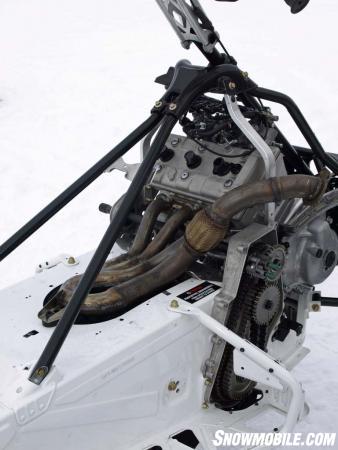 The combination of Arctic Cat’s chassis and Yamaha’s Genesis one-liter four-stroke triple should be a winning entry for both Arctic Cat and Yamaha dealers this season.
The combination of Arctic Cat’s chassis and Yamaha’s Genesis one-liter four-stroke triple should be a winning entry for both Arctic Cat and Yamaha dealers this season.
However, this deal between Yamaha and Arctic Cat may be more problematic for Yamaha, which wins in the short term with a new breed of superior handling sport sleds based on the Arctic Cat chassis. And that is exactly the potential for loser points. What will Yamaha do next?
The Viper series of ProCross platform and Yamaha four-stroke works very well. We especially like how it turns out in Cat’s ZR version and await final settings to see how it will be off the assembly line in Yamaha Viper trim. While virtually identical, the Viper clutches are Yamaha-based and subject to Yamaha’s specifications, which seem to be intended for a more aggressive “Nytro-like” riding as is the expected suspension setup. Regardless, we don’t expect the Viper to be anything short of a winner for 2014.
But, based on that, Yamaha enthusiasts are going to want to know what can Yamaha itself do for the future. The Viper sets a new standard for Yamaha riders accustomed to the smooth speed of the Apex, the high miles reliability of the Vector and the snocross handling of the Nytro. The Viper blends those three elements into one all new for 2014 sled. But it’s not all Yamaha. And the Viper proves that Yamahas don’t have to have electric power steering to feel “light” at cruising speeds. What now? Will Yamaha lose customers to Arctic Cat’s ZR7000? There are wins here, but some real losses as well.
Not All ACEs
Ski-Doo loses us with the new 900 ACE triple cylinder engine. The explanation we’ve gotten is that there is a niche at 80-plus horsepower that’s untapped by Ski-Doo models. If you look at the engines that play in that arena, you see one four-stroke, Yamaha’s 500cc Phazer.
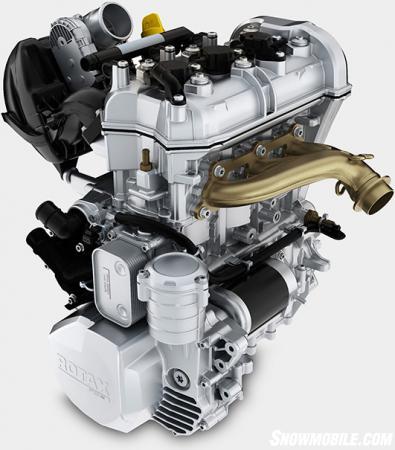 Designed to compete in the 90 horsepower category Ski-Doo’s new 900 ACE offers three performance modes and a “learning” key.
Designed to compete in the 90 horsepower category Ski-Doo’s new 900 ACE offers three performance modes and a “learning” key.
Okay, we get the concept. We even find the 900 ACE to be a clever design laden with trick new electronics like that “learning” key and three modes of performance. So, what are we missing? Well, for one we have a hard time imagining that three modes of performance will be more of a deal maker than pricing. Give Ski-Doo credit, the lowest priced MXZ TNT will be the version with the 900 ACE. The E-TEC 600 will cost about $500 more than the MXZ TNT 900 ACE, but you get 30 more horsepower and 30 pounds lighter weight. Is that a win?
Ski-Doo plots out as a definite winner with advances in rider interface. The REV ride forward position caused major upset in snowmobiling when the 2003 REV models came out. You only had to take one ride to know that Ski-Doo scored big with the change. The competition lambasted the design, but only because they knew it would take them two to three years before they had a proper response to the REV.
In that time, Ski-Doo revamped the design with evolutionary upgrades to make the seating position more comfortable. And with Yamaha totally committed to a four-stroke future, Ski-Doo planned a double-edged response with brand new two and three cylinder four-stroke engines of its own, plus an innovative direct injection two-stroke technology. Ski-Doo definitely wins the technology showdown!
For model year 2014, there are some winning entries, but only time will tell how much of a winner each will be. All hype and manufacturer chest beating aside, we don’t see any big losers and that may be because the sled makers have learned from their past mistakes and become more cautious with their present and future.



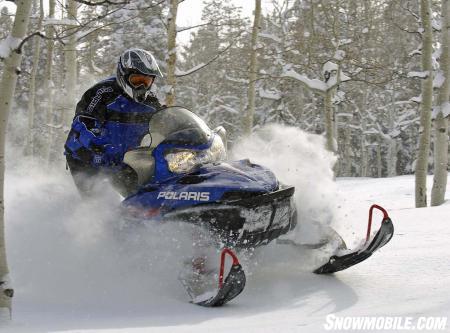
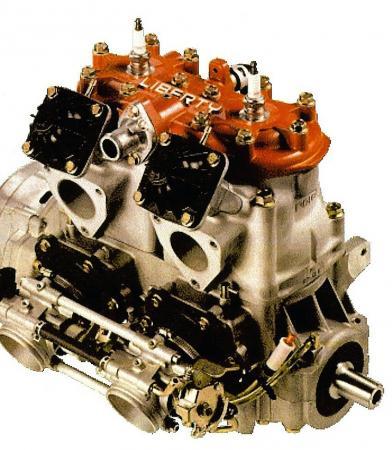
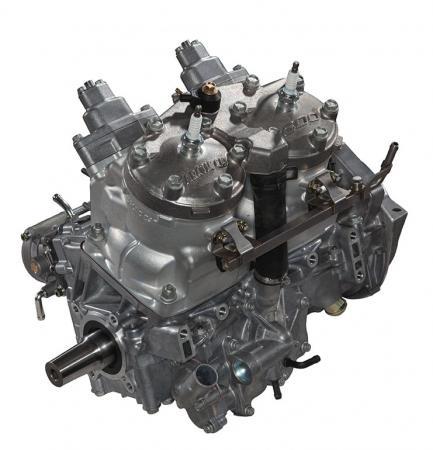
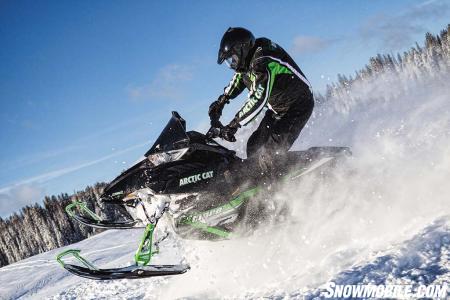
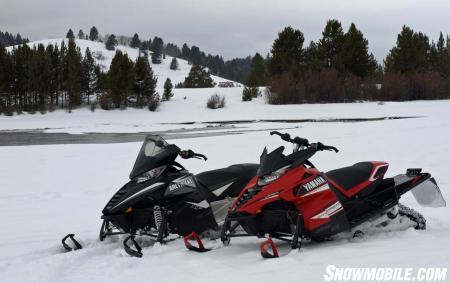
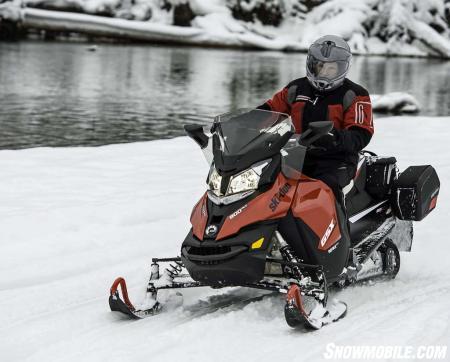
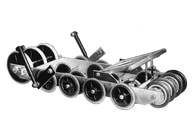
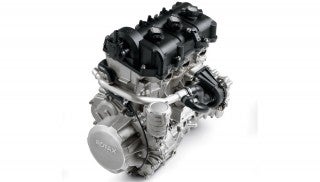
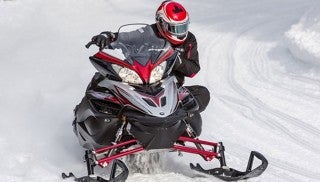


 Your Privacy Choices
Your Privacy Choices